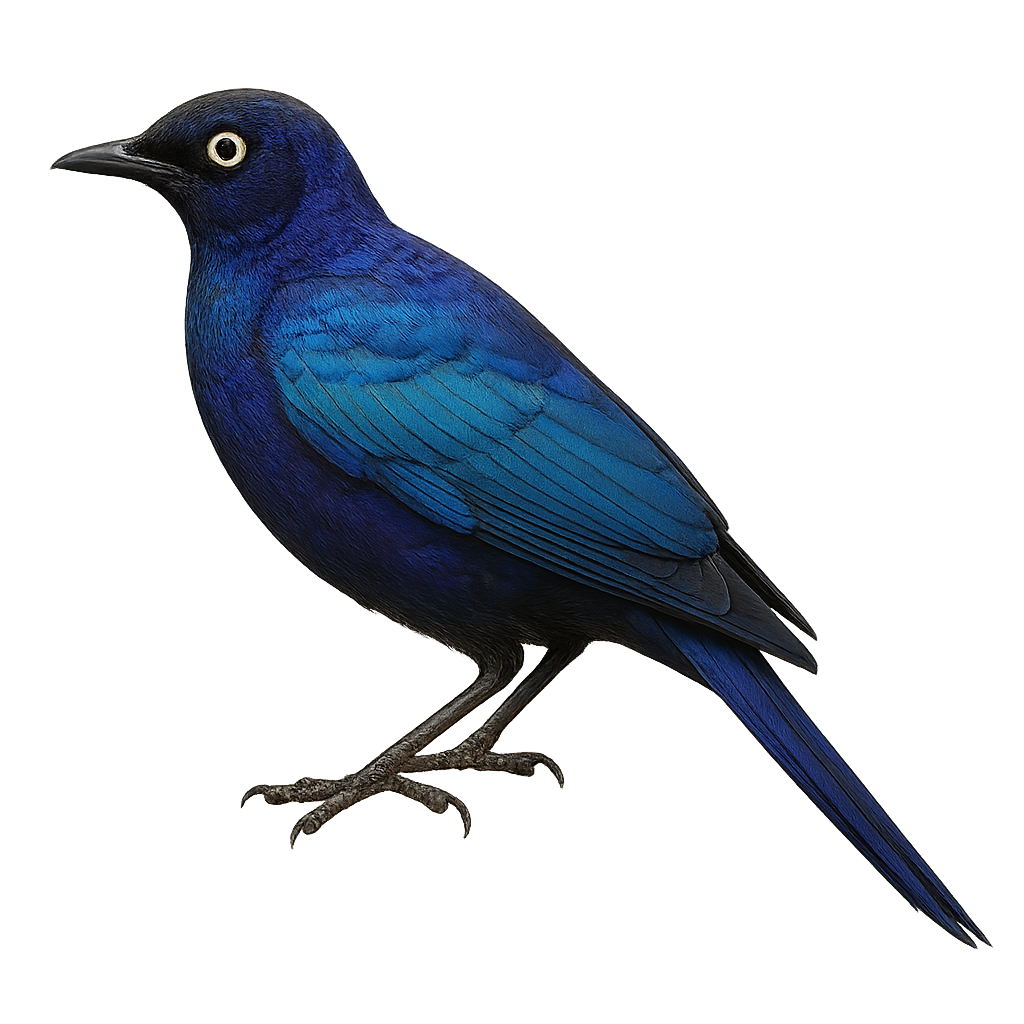Your wildlife photography guide.
Explore the rüppell's starling in detail, study its behavior, prepare your shots.
Where to observe and photograph the rüppell's starling in the wild
Learn where and when to spot the rüppell's starling in the wild, how to identify the species based on distinctive features, and what natural environments it inhabits. The WildlifePhotographer app offers tailored photography tips that reflect the rüppell's starling’s behavior, helping you capture better wildlife images. Explore the full species profile for key information including description, habitat, active periods, and approach techniques.
Rüppell's Starling
Scientific name: Lamprotornis purpuroptera

IUCN Status: Least Concern
Family: STURNIDAE
Group: Birds
Sensitivity to human approach: Suspicious
Minimum approach distance: 10 m
Courtship display: March to May
Incubation: 13-15 jours
Hatchings: March to June
Habitat:
Savannas, wooded areas, open forests
Activity period :
Primarily active during the day, with peak activity in the morning and late afternoon.
Identification and description:
The Rüppell's Starling is a striking bird known for its iridescent plumage and deep purple shoulders. It primarily inhabits the savannas and wooded areas of East Africa, feeding on fruits, insects, and occasionally small vertebrates. This sociable bird is often seen in groups, which helps protect it from predators. Its song is varied, consisting of whistles and melodious chirps. The breeding season varies by region but is often linked to the availability of food resources. Nests are typically built in tree cavities, where the female lays several eggs.
Recommended lens:
400 mm – adjust based on distance, desired framing (portrait or habitat), and approach conditions.
Photography tips:
To photograph the Rüppell's Starling, focus on early morning or late afternoon hours when the light is soft and highlights the iridescent sheen of its plumage. Use a telephoto lens of at least 400mm to capture precise details without disturbing the bird. Be patient and observe its habits, especially when feeding or singing. A tripod can be helpful to stabilize your camera, especially if using a long focal length.
The WildlifePhotographer App is coming soon!
Be the first to explore the best nature spots, track rutting seasons, log your observations, and observe more wildlife.
Already 1 432 wildlife lovers subscribed worldwide

